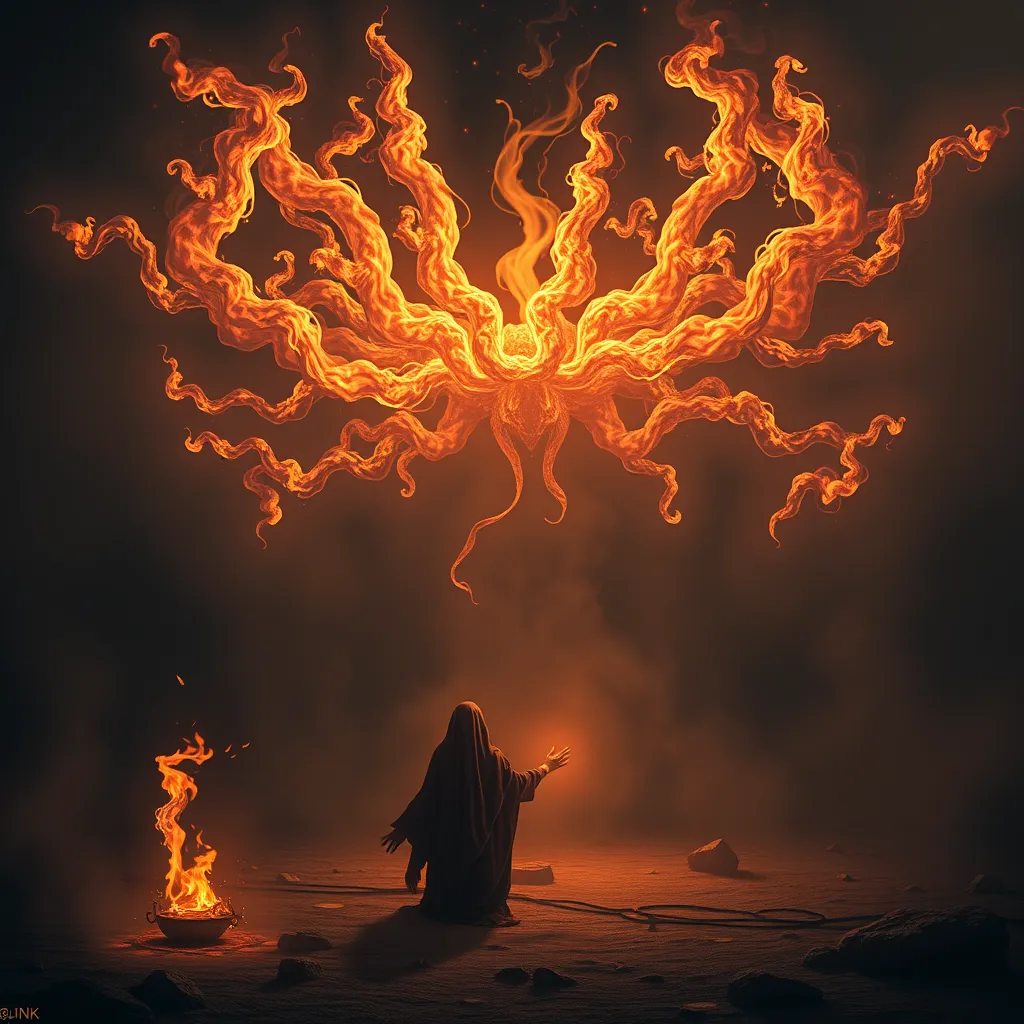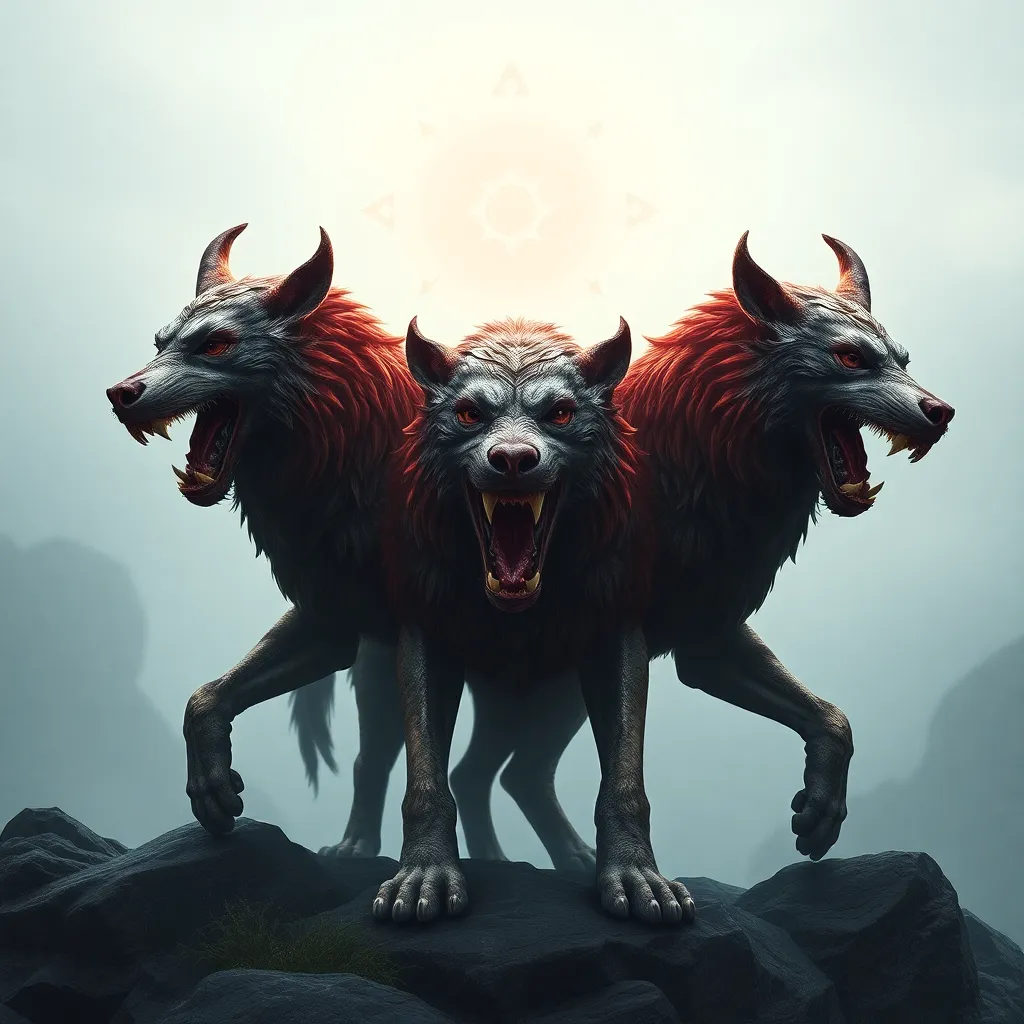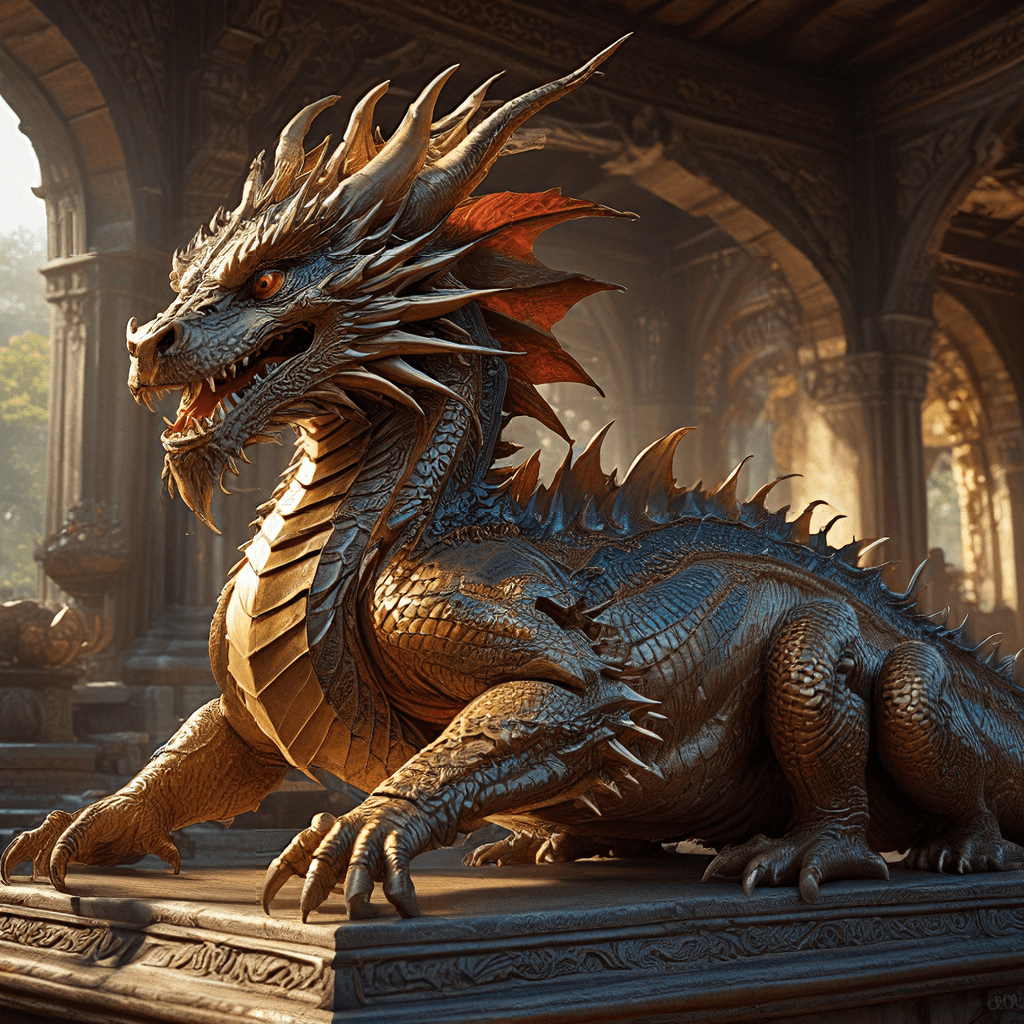The Jinn and the Human Condition: Exploring the Fear and Fascination with the Otherworldly
I. Introduction
The concept of jinn has captivated human imagination across various cultures for centuries. Defined as supernatural beings created from smokeless fire in Islamic theology, jinn occupy a unique space in the folklore and mythology of many societies. They are often perceived as both fearsome and fascinating, embodying the duality of good and evil.
This article aims to delve into the interplay between the fear and fascination with jinn, exploring how these entities reflect our deepest fears and our innate curiosity about the unknown.
II. Historical Context of Jinn in Mythology
The origins of jinn can be traced back to pre-Islamic Arabian culture, where they were believed to inhabit desolate places, such as deserts and ruins. Initially, jinn were seen as nature spirits that could influence human affairs, often associated with specific locations and phenomena.
With the advent of Islam, the perception of jinn evolved significantly. Islamic texts portray them as sentient beings endowed with free will, capable of both good and evil. The Quran mentions jinn in several verses, emphasizing their role as agents of both harm and assistance to humans.
Comparatively, jinn share similarities with other mythological beings like demons and spirits found in various cultures. For instance:
- In Christianity, demons are often seen as malevolent spirits that tempt humans.
- In Hinduism, spirits known as ‘asuras’ can be both good and evil.
- In various indigenous cultures, nature spirits are often revered but also feared for their unpredictability.
III. The Nature of Jinn: Good, Evil, and Ambiguity
The classification of jinn is not straightforward; they can be categorized into three main types: benevolent, malevolent, and neutral. Benevolent jinn, like the famous character of the genie, are often depicted as helpful and kind, while malevolent jinn are feared for their capacity to cause harm and mischief. Neutral jinn, on the other hand, exist without a specific alignment towards good or evil.
Numerous case studies highlight encounters with jinn, showcasing their ambiguous nature. For example:
- A story from Middle Eastern folklore tells of a benevolent jinn who aids a lost traveler, guiding him safely home.
- In contrast, tales of malevolent jinn often involve possession or trickery, where humans fall victim to their whims.
This duality of jinn reflects human traits, encapsulating our fears, desires, and the moral complexities within us.
IV. Psychological Perspectives on Fear of the Other
The concept of the ‘Other’ is central to understanding human psychology, particularly in how we perceive beings that lie outside our understanding. The fear of jinn can be viewed as a manifestation of this phenomenon, where the unknown evokes anxiety and suspicion.
This fear is not merely a personal experience; it is often culturally embedded, influencing societal behavior and beliefs. For instance:
- In many cultures, jinn are invoked in cautionary tales to teach moral lessons or warn against certain behaviors.
- Folklore surrounding jinn often serves as a framework for understanding unexplained phenomena, offering explanations for misfortune or illness.
Thus, folklore plays a crucial role in shaping societal fears, grounding them in narrative traditions that transcend generations.
V. Fascination with the Otherworldly: Jinn in Popular Culture
The representation of jinn in literature and cinema has evolved, reflecting contemporary anxieties and fascinations with the supernatural. From classic tales like “One Thousand and One Nights” to modern films like “Aladdin,” jinn have become symbols of both wonder and terror.
The impact of jinn on contemporary media is significant, influencing storytelling across various platforms. For example:
- In literature, authors have reimagined jinn as complex characters, exploring their motivations and moral dilemmas.
- In film, jinn are often depicted as powerful beings, capable of granting wishes but also exacting dire consequences.
These representations shape public perception of jinn, often blurring the lines between myth and reality.
VI. Jinn and the Spiritual Dimension of Existence
Jinn symbolize the unseen and the unknown, offering a glimpse into the spiritual dimension of existence. In various cultures, spiritual practices related to jinn range from rituals for protection to attempts at communication. These practices reflect humanity’s innate desire to connect with the otherworldly.
Exploring these spiritual dimensions reveals the connection between jinn, faith, and the human experience. For example:
- In Islamic tradition, seeking refuge from malevolent jinn through prayer and recitation of specific verses from the Quran is common.
- In some cultures, rituals are performed to appease jinn, seeking their favor and protection.
This interplay between jinn and spirituality underscores the complexity of human beliefs about the unseen forces that influence our lives.
VII. The Modern Relevance of Jinn in a Globalized World
In today’s multicultural and globalized society, the concept of jinn remains relevant. As cultures intermingle, the resurgence of interest in folklore and supernatural beliefs has emerged, with jinn playing a prominent role in this revival.
The digital age has further transformed the way jinn are perceived, as social media platforms facilitate the sharing of stories and experiences. For instance:
- Online communities discuss encounters with jinn, sharing personal narratives that resonate with a global audience.
- The internet has enabled the proliferation of jinn-related content, from videos to articles, keeping the fascination alive.
This modern relevance highlights how ancient beliefs can adapt and thrive in contemporary contexts.
VIII. Conclusion
Throughout this exploration, it becomes evident that jinn embody a complex interplay of fear and fascination, reflecting the multifaceted nature of the human condition. They serve as symbols of our deepest fears and our yearning for understanding the unknown.
As we navigate the complexities of modern life, the relevance of jinn continues to resonate, offering insights into our emotional landscape and existential inquiries. Embracing the unknown and recognizing the allure of the otherworldly may ultimately enrich our understanding of ourselves and the world we inhabit.




